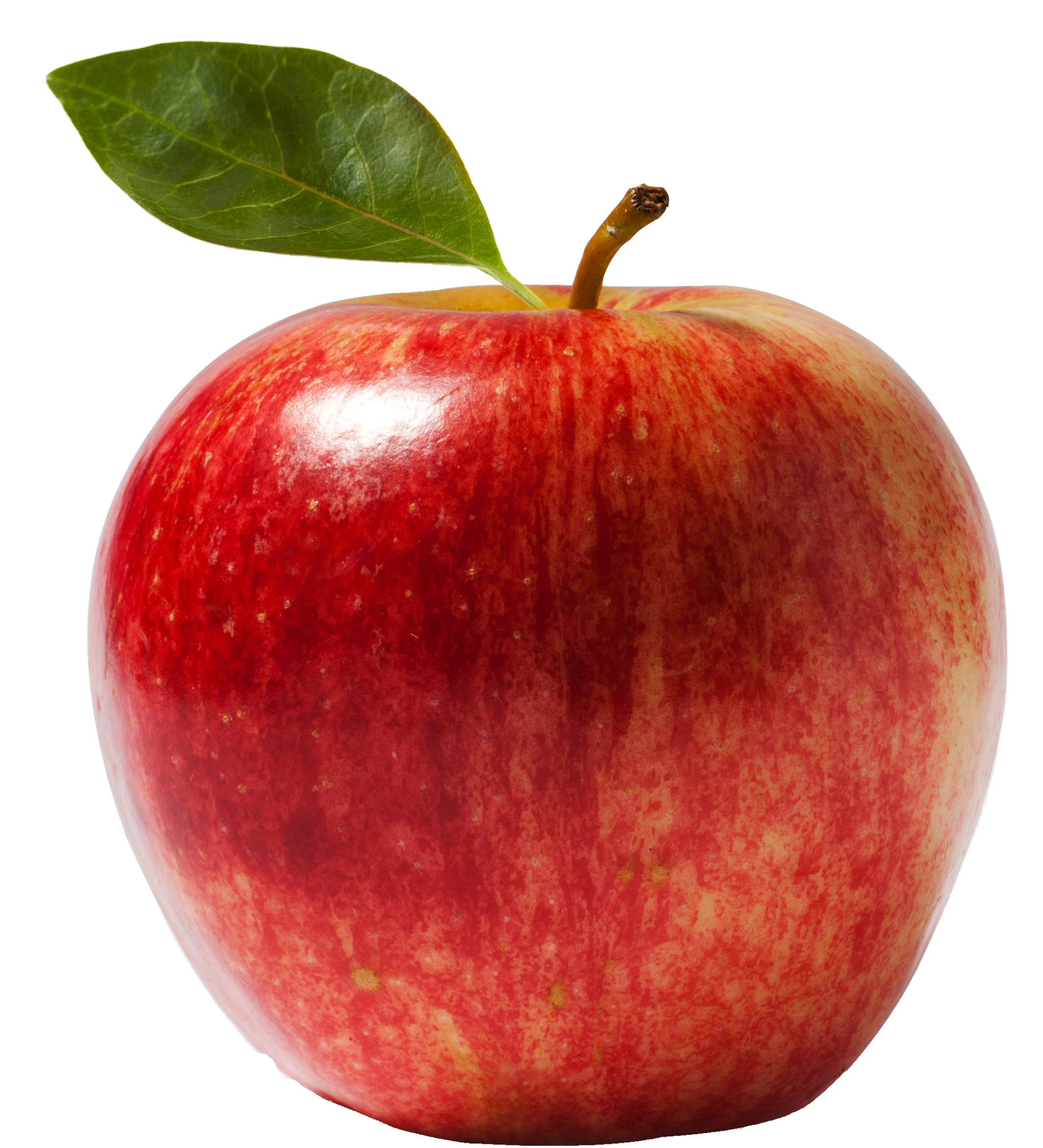What does opaque mean?
A material that does not allow light to pass through. An opaque object will create a dark shadow. Ex. wood
The three primary colours of light are?
green, red and blue
In the morning or late afternoon when the sun is lowest in the sky.
Should you ever look at the sun, even with sunglasses, why or why not?
No, looking at the sun can cause permanent damage to your eyes. You should never look at it directly as it can cause damage to the sensitive retina at the back of the eye. There are no nerve endings in the retina, so damage can be done without feeling anything. Welders and other people who work with bright light should also wear protective eye gear.
What does reflection mean?
Light travels in straight line. When the light waves hit something they can not go through, they bounce back as reflected light. Reflection is the bouncing of light off a surface. This is how we see object and their colours.
What does translucent mean?
A material that allows some light to pass through it but scatters the light in the process so that images are not clear if you look through it. Translucent objects cast a light shadow - traslucent object can cast coloured shadows. Ex. a milk jug
 Explain why we see the colour blue when we look at this balloon?
Explain why we see the colour blue when we look at this balloon?
When white light shines on this balloon all of the colours of the visible spectrum are absorbed except blue which is reflected. The reflected blue light is what is seen by our eyes.
How are shadows formed?
A shadow happens when an object blocks the path of light casting a dark shadow behind it. Only opaque and translucent objects can create shadows.
Give three example of natural light?
sun, jellyfish, fire, firefly, stars
The amount of light that is reflected depends on the surface of the object. Which type of surface makes the best kind of reflector?
What does transparent mean?
A material that lets light pass through it so that objects can be seen clearly on the other side. Translucent objects do not cast shadows. Ex a window
Name the colours in order that make up the visible spectrum of colour.
Red, Orange, Yellow, Green, Blue, Indigo, Violet
Roy G Biv
When will an object have the biggest shadow?
The closer an object is to the light source the larger the shadow.
Give three examples of artificial light?
Any light created by humans. Lamp, signs, light bulbs, iphones
If it was a hot day what colour of shirt should you wear?
White becsue light colours reflect more light and therefore heat since light is a form of energy. Dark, dull, rough surfaces absorb the most amount of light and therefore heat.
 This is an example of a (an) ___________ object?
This is an example of a (an) ___________ object?
opaque
What are the secondary colours that result from the primary colours of light being blended?
Green and Red - Yellow
Blue and Green - Cyan
Red and Blue - Magenta
How can you use shadows to tell the time of day?
You can use shadows to tell what time of day it is my the direction of the shadow and its length. A long shadow pointing west means that it is morning. A short shadow pointing east means it is sometime just past noon.
What direction does light travel in?
Light travels in a straight line until blocked by an opaque object.
What is refraction?
Light travels in straight lines, but it can be refracted or bent. Refraction occurs when light rays enter a transparent material of a different medium causing the light to slow down and bend. Ex. When light passes from air to water, the light slows down and is reflected back to our eye at a different speed causing objects to appear bent or broken.
 Stained glass is an example of a(an) ______________ object.
Stained glass is an example of a(an) ______________ object.
translucent
How are rainbows created?
When sunlight hits a rain droplet it act like a prism, some of the light is reflected. The electromagnetic spectrum is made of light with many different wavelengths, and each is reflected at a different angle. Thus, spectrum is separated, producing a rainbow.
If an object is far from the light source it will have a ____________ shadow.
smaller shadow
No, the moon does not omit its own light it simply reflects the light from the sun. Depending where the moon is in it's rotaion in relation to the earth depends on which phase of the moon we see.
Explain how convex and concave lenses bend light. Decribe what a concave and convex lens look like and how they bend light.
Refraction causes light to bend when it passes through a lens.
A concave lens curves inward. That means it is thinner in the middle than at the edges. When light passes through a concave lens, the light rays bend so that they spread apart. Concave lenses make objects look smaller than they really are.
A convex lens curves outward. It is thicker in the middle than at the edges. When light passes through a convex lens, the light rays bend toward each other. The rays meet at a single point on the other side of the lens. Convex lenses magnify objects, or make them look larger.